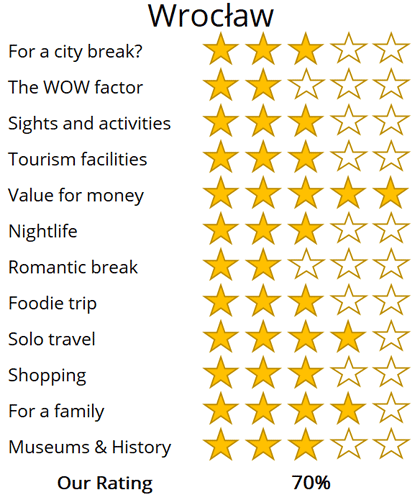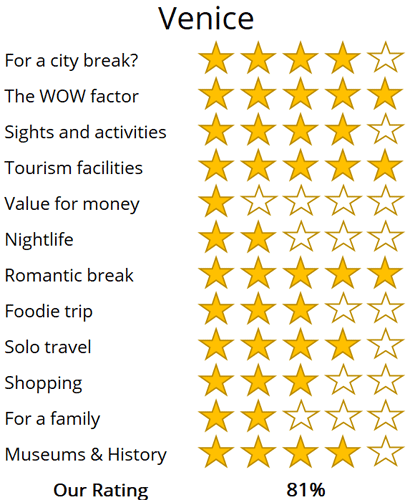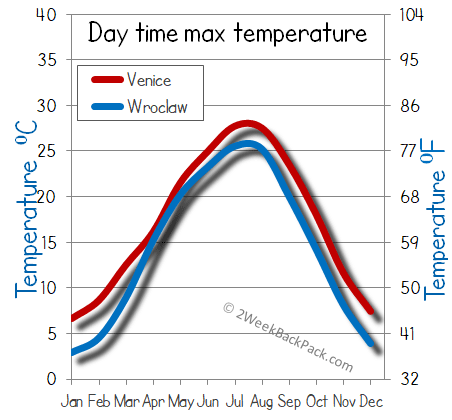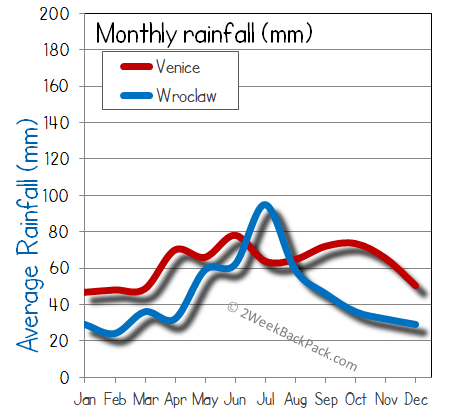WhereToGoForMyHoliday.com
The best destination comparison site!
WhereToGoForMyHoliday.com
The best destination comparison site!
Wroclaw or Venice, which is better for your holiday in 2024?
Wroclaw and Venice both offer unique and enticing experiences, but which one should you choose for your city break or holiday?
We understand your dilemma. There is an abundance of travel guides for both cities, but few actually comparing them, and advising you which is the better for your trip.
This article will provide our unbiased and independent views of Venice and Wroclaw, hopefully making your choice that little easier.
The article is structured into several sections, each of which can be directly accessed through the following links:
• Introduction to the cities
• Scores and ratings
• Which one should I, friends, or family visit?
• When to visit and weather
• Who is the city suited for?
• The perfect 48hours (with map)
• Tourism details (where to stay? airport details?)
Introduction to Wroclaw and Venice
Wroclaw is the historical capital of the Silesia region. It's been ruled and fought over and shaped by countless tribes and peoples, from the warring Slavs of the first millennium to the Habsburg emperors to the Prussian generals of the 1800s.
This makes it a strangely diverse and varied city, with Germanic townhouses and Flemish-styled mansions next to Gothic cathedrals and USSR tenements.
Wroclaw is a good-looking city. It's got a beautiful perch on the Oder River, spreading from island to island with arched bridges that recall Venice and wooded parks aplenty.
The Old Town is the anchor of it all, and a great place to wander, people watch, and drink Polish beers. Beyond come the fairy-tale spires of Cathedral Island, the colossal concrete dome of Centennial Hall (a UNESCO site), and even Zen parks inspired by Japan.
Ah, Venice – a bucket-list city if there ever was one! Famed for its myriad canals, vast plazas and grand churches, this is one of Italy's most visited destinations.
Once the epicentre of its own trading empire that stretched right across the Mediterranean and even east to the Old Silk Road, it became rich on spices, precious metals, and cloth. These days, relics of that golden age remain. See them rise with the Orientalist spires of Saint Mark's Basilica. See them in the opulent interiors of the endless Doge's Palace.
But Venice is still a thriving town, not just a museum piece. Ferry boats weave through the Grand Canal and under arches where Canaletto and Monet once painted. Ice-cream parlours spill onto the narrow streets of Cannaregio. Pizzerias meet buzzy student bars scented with grappa around the Campo Santa Margherita. Yep, there's oodles of life left in this old seafaring dame!

The historic centre of Wrocław and the Odra River
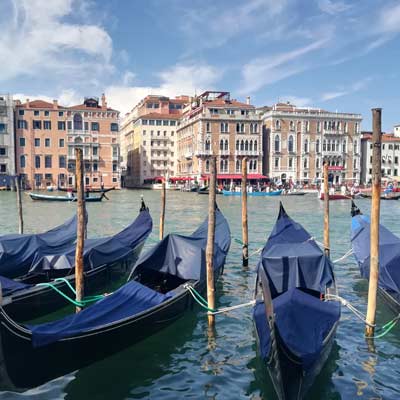
Grand Canal and gondolas waiting for the rush of tourists
Wroclaw vs Venice: City Ratings
Summary
Where would I journey for a personal escape?
Wroclaw
Where would I send my parents for a memorable visit?
Venice
Where's the ideal destination for my adventurous 19-year-old cousin?
Wroclaw
Where should my food-obsessed friend indulge their culinary passions?
Venice
Note: The above comparisons are weather-independent and are based on travel during the most opportune times of the year. Details about the ideal travel seasons are elaborated upon later in this article.
In the sections that follow, you'll find a comprehensive comparison between these two fascinating cities. This includes recommendations on the duration of stay, the best times to visit, and tailored 48-hour itineraries for each city.
The final segment delves into practicalities for your travels, such as the best airport to fly into, the optimal districts for your accommodation, and insider tips, for when you come to explore the city.
We hope that you find all of this information useful, in planning your next exciting trip!
Destination details
How long to spend each city?
It's no secret that most people whiz in and out of Venice on big cruise ships, even if recent regulations are bringing a slow end to that.
Lots of weekenders also come on low-cost flights – Venice's Treviso Airport is a major hub for budget airlines like Ryanair and Easyjet. Those sorts of travellers can only ever really expect to scratch the surface of what's on offer.
The upshot? If you really want to explore this amazing city, you're going to need a little longer. If the budget allows, a week is perfect. That will be enough to see the mainstay sights, but also venture across to Murano and the Venice Lido, the party bars of Campo Santa Margherita, and the pathways of Giudecca.
Wroclaw may not be vast in size, but it stands as one of Poland's prominent cities. Its Old Town, brimming with charm, is perfectly navigable on foot, while an efficient tram network offers a swift tour of the key attractions for a modest sum. Generally, a day or two suffices to experience the city’s highlights, making Wroclaw an ideal destination for a brief, fly-in, fly-out weekend retreat.
For those contemplating a more extended stay in Wroclaw, consider interspersing your visit with day trips to the surrounding areas. Nearby, you can explore the forested slopes of Karpacz, visit the awe-inspiring castles along the Eagles Nest Trail, or make a pilgrimage to the sacred site of Jasna Góra.

The Arsnal was the shipyard of Venice, which at its height could construct a boat in a single day

There are over 350 charming dwarf statues are scattered throughout Wroclaw’s historic centre. These characterful figures even have their own tourist map, along with s tory behind each one….
Unless you're a fan of air pollution and sub-zero temperatures, Wroclaw is not the place to be in the winter. The whole of south Poland gets cold between November and March – really cold. We're talking minus 10 degrees regularly, with sudden snowfalls and freeing rain. Of course, when there is a dusting of the white stuff, the Old Town of Wroclaw can look wonderful, but recent winters haven't been so promising.
For sightseeing and enjoying the student buzz of the town, it's probably better to hold off until May. That's when the weather really starts getting good. You might have chilly evenings, but you should be able to don the shorts and t-shirts for your wanders through the city. What's more, the local university is in session, so the bars will be lively and vibrant.
Summer sees the students go home and the tourists arrive. It's a reliable period for weather, even if you have to deal with the occasional thunderstorm around early afternoon. September is just as nice, if not even better. That's when the trees of the island parks in Wroclaw start to change to yellow and ochre, lending a romantic atmosphere to the Silesian capital.
We're almost tempted to say forget Venice in the summer entirely. During the Italian high season between May and August, the whole place is packed to bursting with tourists. You can barely swing a slice of pizza on the Rialto Bridge or down on Piazza San Marco.
What's more, the horizon is tainted with the outlines of huge cruise ships.
Far better are the shoulder months of May and September. The crowds diminish considerably during those, but the weather still tends to be reasonable – think daytime temperatures regularly hitting the mid-20s.
The final weeks of February are also popular on account of the centuries-old tradition of the Venice Carnivale. Come then to join the revelry but be sure to bring along a flamboyant face mask (a must) and a good coat, because the winters can be cold.
It's probably a good idea to avoid the rest of the winter. Venice is one of the lowest-lying cities in the world, so flooding comes easy. In the last few years, there have been huge problems with water clogging up even the famous tourist hotspots around Piazza San Marco.
Venice is a perfect break for those keen to check off another bucket-list city. Yes, it might be over touristed, but there's still something truly magical about the canals and the gondolas and the great churches here.
It's simply unlike anywhere else on the planet. All that adds an edge of romance to boot. So, consider this one if you're searching for a city-based honeymoon.
On the flip side, Venice isn't for the budget traveller or the outdoorsy person. Yes, you can hop on a bus to go north to the Dolomites, but they are still several hours away.
There are beaches, but they are nowhere near the best on the Italian east coast. And you can expect to pay over the odds for virtually everything, from hotels to ice creams to pizza.
If you're the sort of traveller that loves to find off-the-beaten-track cities that don't necessarily have big-name sights, then Wroclaw is sure to be right up your alley. It's not as well known as other towns in Poland but comes with local vibes and interesting neighborhoods. It's also a student city, which means the nightlife can get pumping during term times (September to December and January to June).
Wroclaw has something for those who like the great outdoors, too. Not only is it a green place with lots of parks and riverside areas to explore, but the mountains of the Karpacz and the Czech borderlands are only a short drive to the south. They've got hiking, skiing, spa towns and more.

The twin spires of Wroclaw Cathedral
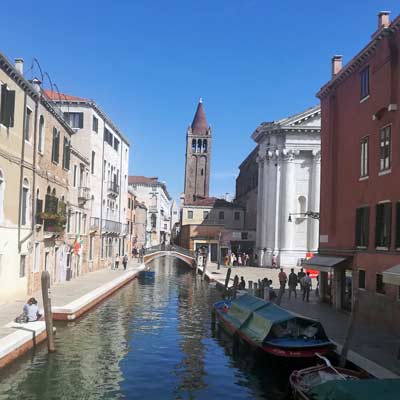
The pretty Ponte dei Sospiri and canals of Venice
48hours in Venice
Delve into the secrets and the uber-famous sights of Venice with this 48-hour itinerary. It will take you from the legendary walks of the Rialto Bridge all the way to the hidden glass workshops of Murano, revealing some of the most enthralling corners of the iconic City of Canals.
Day 1: Rise early and race to the Piazza San Marco. Beating the crowds to the vast plaza is a great way to see it in all its glory. As the sun rises, watch as the light caresses the red-brick Campanile (a 98-meter belfry dating from the 12th century) and the bulbous domes of St Marks Basilica.
If you've managed to arrive before the queues start to form, be sure to duck into the latter. It's free to enter and has intricate Byzantine apses and frescos. Right next door is the Doge's Palace. Again, if it's too late you can certainly expect a queue. If not, head behind the Gothic frontispiece to wander the old palace of the erstwhile leaders of the Venetian republic.
Then head north through the narrow alleys of the San Marco district. It's a beautiful maze of little side streets, occasionally punctuated by a watery canal. You're sure to find a cafeteria there for lunch, before you go straight for the Rialto Bridge, made famous by Shakespeare and painters. Cross it and hit the buzzing markets of Ruga dei Oresi, which abut the small Campo Bella Vienna, a top spot to sit with a cold beer and watch elegant Venetian gondolas drift in and out of the canals.
If you choose not to ride one, you can push on to see the San Giacomo di Rialto (probably the oldest church in the whole city!) and then the neighbourhood around Campo Santa Margherita. That's a nightlife mecca, where you can unwind with a prosecco or ten.
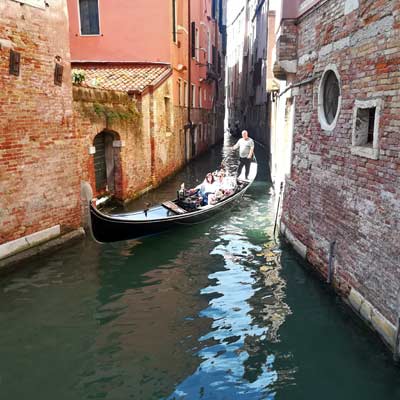
No trip to Venice is complete without a gondolas ride
Day 2: Your second 24 hours in Venice is all about hitting the different districts. We'd recommend starting on the northern side of the archipelago. That's home to characterful Cannaregio; the old Jewish Quarter. These days, it's got canal-side cafés next to the fascinating Muso Ebraico di Venezia, which tells the story of Venetian Jews over the centuries.
From there, move west to Santa Croce. Within, you'll glimpse the lived-in city. It's the only place where cars can travel on the archipelago and it has newer churches and loads of bakeries and shops. Hop the Grand Canal ferry (number 3) from there to Murano.
Pastel-painted workshops meet the water on that island, in an area that's been famed for centuries for its glass making. If you're interested, the Museum of Glass is a great place to start.
Alternatively, enjoy a lunch on the lagoon and then get back on the boat, travelling all the way through the Grand Canal to the Dorsoduro. The zone has beautiful broadside views of Piazza San Marco at sunset. It's also home to plenty of lovely osterias with northern Italian wines and delicacies to get stuck into.
Related articles: 48-hours in Venice

The vaporetti ferries are the best way to get a waterside view of Venice
48hours in Wroclaw
Two days is all that's needed to explore Wroclaw from top to bottom. Most of your time will be spent in the charming Old Town area, but a few jaunts to parklands and other districts can combine with lively nights on the beer to boot…
The interactive map below shows a suggested route for the 48 hours in Wroclaw, with day 1 highlighted in green and day two in yellow.
Day 1: Every history lover, people watcher, foodie and sightseer will want to see the Stare Miasto district. That's the Wroclaw Old Town; the piece de resistance of this southern city. It begins around the wide boulevard of Piłsudskiego, passing through a few blocks of Soviet-era tenements before hitting the historic area proper. That starts in earnest by the Fosa Miejska, a centuries-old moat that was part of the town's medieval fortifications until it was destroyed by Jérôme Bonaparte, the brother of Napoleon.
On the left as you make for the heart of the quarter is the elegant Wrocław Opera House, while the leafy walks of Park Staromiejski are the perfect place to go for a picnic in the summer. Keep going north and you'll eventually arrive at the Rynek. This is the beating kernel of the Old Town, where you'll find the most amazing sights of all.
The Gothic-styled Old City Hall draws the eye first, followed by the German-built housing blocks of 1931 – considered by the locals to be among the ugliest in town! Be sure to check out the narrow alleys that weave through the middle of the square at the Sukiennice. Also keep the eyes peeled for the little dwarf statues that dot the plaza. They're a kitschy addition to the cityscape that you'll find on many random street corners.
As the afternoon turns into evening, consider settling in for a beer tasting at the hearty Spiż microbrewery. Or, head for Setka, where Communist paraphernalia adorns the walls and you can sample potent vodka with pickled herring.

The Most Tumski Bridge, where romantics leave love locks attached to the rails and throw the key in to the Odra River. To the rear is the spire of the Bartholomew’s church and the twin spires of the cathedral
Day 2: Having explored the Old Town, our second day begins with an exploration of the surrounding islands on the Oder River. There is a plethora to see, but the highlight is undoubtedly the iconic Ostrów Tumski.
Crossing the picturesque bridges to reach it, you will find yourself in the oldest part of Wroclaw.
The Wrocław Cathedral, with its towering twin spires, dominates the skyline, marking the most majestic church in the city. Inside, you can admire the exquisite stained-glass windows and the soaring vaulted apses.
From there, proceed to Słodowa Island, particularly delightful in the summer months when people gather by the riverside with their BBQ grills. Another worthwhile stop is Wyspa Piasek, renowned for its attractive chain bridges and quaint cobbled streets.
In the afternoon, take tram numbers 2, 4, or 10 from the Old Town to Centennial Hall, a magnificent UNESCO World Heritage Site celebrated for its revolutionary concrete architecture and a dome reminiscent of Rome's Parthenon.
Adjacent to it are beautiful gardens, with the serene Ogród Japoński as the highlight – an ideal spot for contemplation and reflection on Wroclaw's rich history.

The Centennial Hall may cause divisive opinions, but it was one of the first large reinforced concrete structures that ushered in the era of Modernism.
Venice is largely safe and easy to travel. However, there are some things worth knowing before you go. First off, the overload of tourists has seen a huge spike in pickpockets over the years. So, always keep an eye on your valuables, especially in uber-popular spots like the Piazza San Marco and Erbaria.
Second, be wary that Venice's side streets are rarely empty. You'll always need to dodge a crowd and watch where you're walking. When it rains, flooding is common, so pack waterproofs and wellies if you're visiting in the winter months. Also, keep an eye out for pigeons. They're a nuisance on the piazzas and can even carry disease.
Navigating Venice isn't like navigating any other place in Europe. Taxis and buses simply don't exist – there are no real roads here, after all. Instead, you can make use of the ferries (known locally as vaporetti).
They run routes up and down the Grand Canal and out to other islands like Murano all throughout the day. They're actually a great way to see the main sights, with tickets for a full 24 hours costing as little as €20.

Rarely will you find a steet this quiet in Venice……
There are two airports serving Venice and its region. The largest and the closest to town is the international hub at Marco Polo Airport. That's got connections going all around the world. It's linked to the city by the ATVO bus (arrives at Piazzale Roma) and to the train station in Mestre.
If you're flying low-cost, it's more likely you'll arrive at Treviso Airport. That sits some 20 miles to the north, with buses that link to the archipelago in around 70 minutes for about €10 each way.
Choosing where to stay in Venice is very important. Fly-in, fly-out tourists will want to be in the vicinity of Piazza San Marco. The area is laced with expensive and classy hotels, but also has some more affordable options, all within walking distance of the top sights.
If to save some cash and get somewhere a little quieter, you could sleep closer to Dorsoduro or the Cannaregio, or even out in Murano. The cheapest places of all will be on the mainland, in Mestre.
Related articles: Where to stay in Venice?
The ever-expanding Wrocław–Copernicus Airport is now served by loads of routes coming from across Poland and Europe. It's even possible to arrive on long-haul connecting flights thanks to Poland's flag-carrying LOT airline. There's a bus that leaves the terminals for the centre of town every 20 minutes throughout the day. Tickets cost 3 PLN and the ride is around half an hour.
You can also arrive from Krakow, Warsaw or Katowice by rail. Wroclaw's train station is considered a work of art in itself, so be sure to check out the yellow-painted façade and its grand crenulations as you leave.
Getting around Wroclaw should be easy. The town centre isn't only walkable but a real pleasure to explore on foot. There are lovely bridges linking the little isles on the Oder River, parks connecting the banks of the old city fortifications, and plenty of pedestrianised areas within the confines of the Old Town.

Many of Wrocław oldest builds, were constructed use red bricks
To get out to the Centennial Hall, Wroclaw Zoo, or other districts, you can make use of the efficient tram network. Buy tickets at the MPK Wroclaw machines at any bus or tram stop and then validate them as you board. Basic fares cost 3 PLN per ride, but you can also score passes for several days using the Urbancard website.
Hotels in Wroclaw are generally all located within the ring road of Piłsudskiego. Roughly speaking, the closer you get to the Rynek square the better the location, though staying right on the main plaza might be noisy at night. There are also some lovely boutique stays and B&Bs to find north of the Oder River.
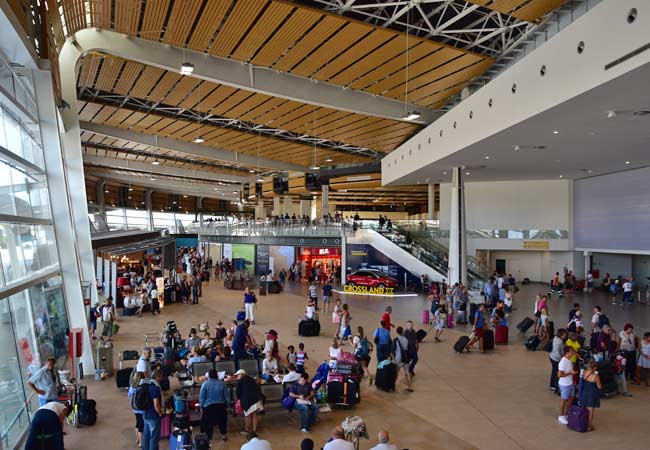
oh we were stuck in the airport!

Copenhagen was a bit expensive...

All we did was drink beer in Brussels...
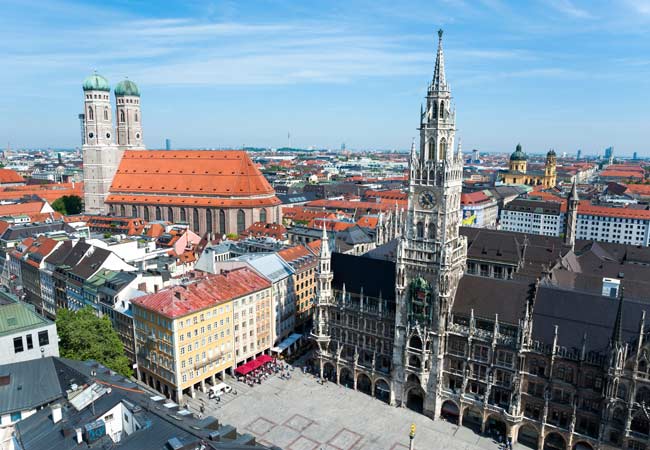
Muncih was crazy
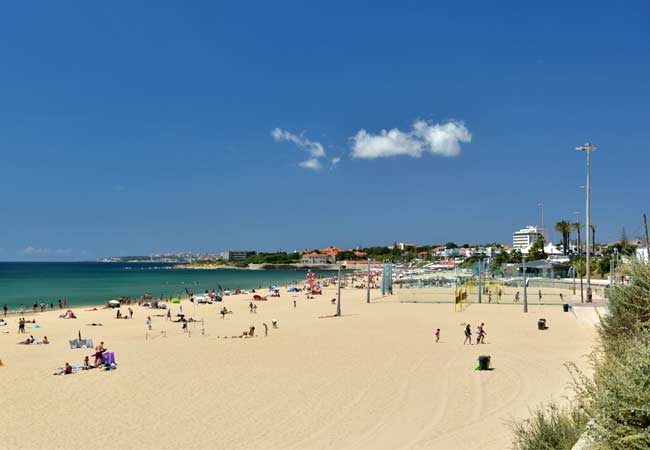
And we got so burnt!
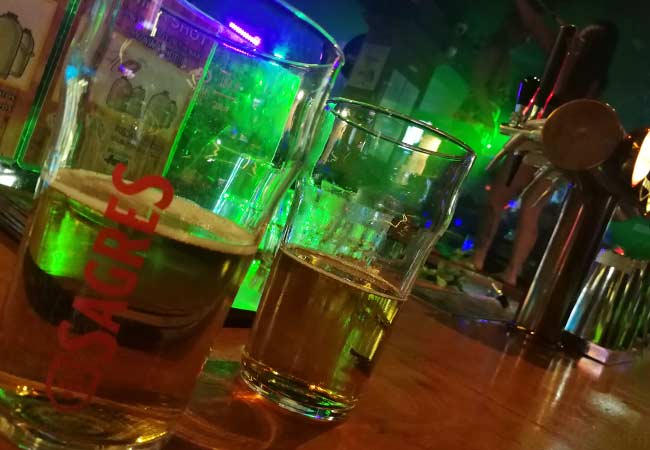
Remeber that night in Rome

oh we were stuck in the airport
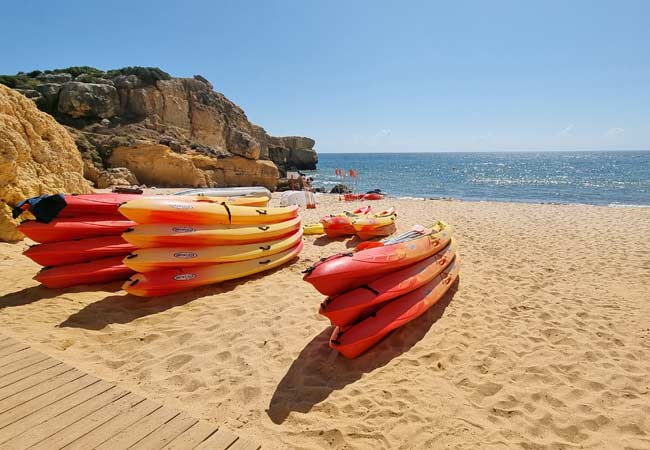
So much fun kayaking

Berlin and that group from Austria!

There was such a view from that church

And we got so burnt!

Munich was eventful, wasn't it!

Such a view from that cathedral in Florence
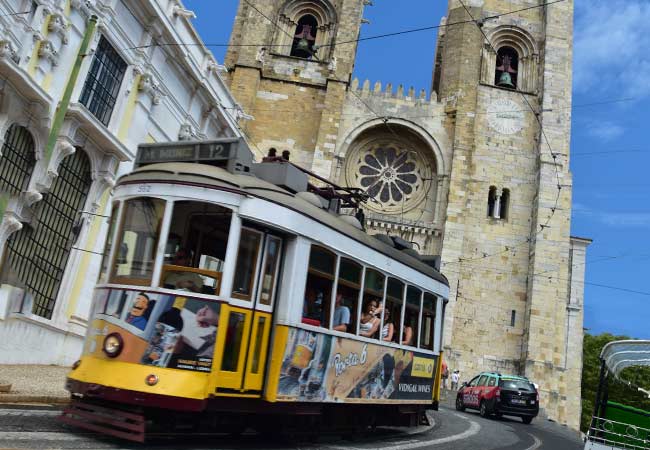
Lisbon was such so much fun

Last summer was so much fun .... x

Remeber that night in Rome

Lisbon was such so much fun

Such a view from that cathedral in Florence

Munich was eventful, wasn't it!

And we got so burnt!

Remeber that night in Rome

All we did was drink beer in Brussels...

Berlin and that group from Austria!

Can't wait to go back to Dubrovnik

Remember that boat ride in Prague

Copenhagen was a bit expensive...
